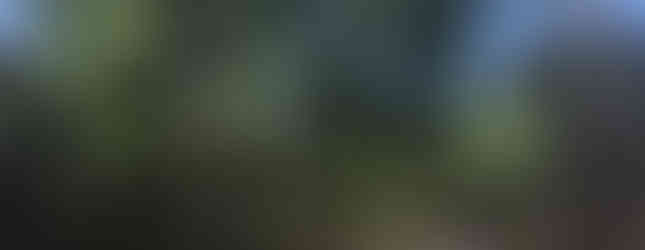"Process", revisited
- Jays
- Jul 3, 2018
- 3 min read
20 minutes of work in 20 seconds: During this time, I look for images for my blog post, listen to music, watch more Kairos videos, look at their transcripts, take notes on the Notes app, think, freewrite (freetype?) on MS Word, look at my previous writing, and finally begin to type my blog post. The music is from the webcomic Homestuck, whose soundtrack has gotten me through immeasurable hours of writing…
----------
I have been blogging a lot about the writing/composing process over the past few weeks, but today I am turning to a more comprehensive understanding of what “process” means. I have expounded upon the importance of brainstorming, planning, drafting, and revising, but the Kairos videos reminded me that the composing process is not only about the product, but also about our overall physical/mental states, which are influenced by our environment, actions, and community.
Jessica and Ashanka show us how their writing process occurs across modalities and technologies. Jessica switches between writing on paper and typing on a word processor. Similarly, I prefer to plan and outline on paper, where I can draw arrows and scribble thoughts, but then I draft and revise digitally: “Highlight, cut. Move. Rearrange. Read.” Ashanka’s screencast notes her every action as she composes – these range from what is conventionally considered productive, including reading, note-taking, and watching YouTube videos for research, to activities that may raise eyebrows in a classroom, such as scrolling through Facebook and playing games.
Laura, Layne, and Sara discuss how their writing process occurs not only when they are in front of a computer or notebook, but also when they are driving, talking to others, cleaning the house, walking, etc. Sara’s focus on community means that she is inspired by and incorporates into her work conversations with colleagues, observations of her surroundings, writings of other scholars, and multilingual songs and podcasts. “My composing process becomes a reflection of our collaboration,” she says. “I compose when I’m busy doing other things,” says Laura, emphasizing that her “best ideas” come when she is moving and interacting with others. Even though Layne’s meticulous setting up of materials at the start of her writing session initially seems like the opposite, she later talks about how she continues to process her ideas in “kinetic, embodied moments” like vacuuming or letting out her dogs that “look like they have nothing to do with writing”.
It is indeed helpful to expand our idea of what the writing process can look like. For many people, sitting down to start and finish a piece of writing in one session is not the most effective way to work. However, I am still navigating the lines between productive procrastination, fun non-work-related activities, and just plain time-wasters. For example, in the five hours between when I started typing and finally uploaded this blog post, I also: did laundry, folded laundry, posted photos on Instagram, ate lunch, messaged friends through Messenger, read articles linked through Facebook, found images for this post, created and edited a screencast for this post, took photos for this post, talked to friends both about this post and other topics, rearranged my folder and found a document I thought I’d lost, reread and edited this post, created a Vimeo account to upload the screencast… and countless other actions that I don’t recall. Some are necessary for my writing, some are necessary or desirable for being a functional adult, and some are what I would usually label ‘procrastination’. Further complicating matters, these categories are not discrete or exclusive. Thus, something I’d like to work on – both with myself and with my students – is becoming more aware of and intentional about our composing processes, and eventually finding the environment and practices that work best for each individual.
So far at Bread Loaf, I have discovered a few locations conducive to working...















Comments